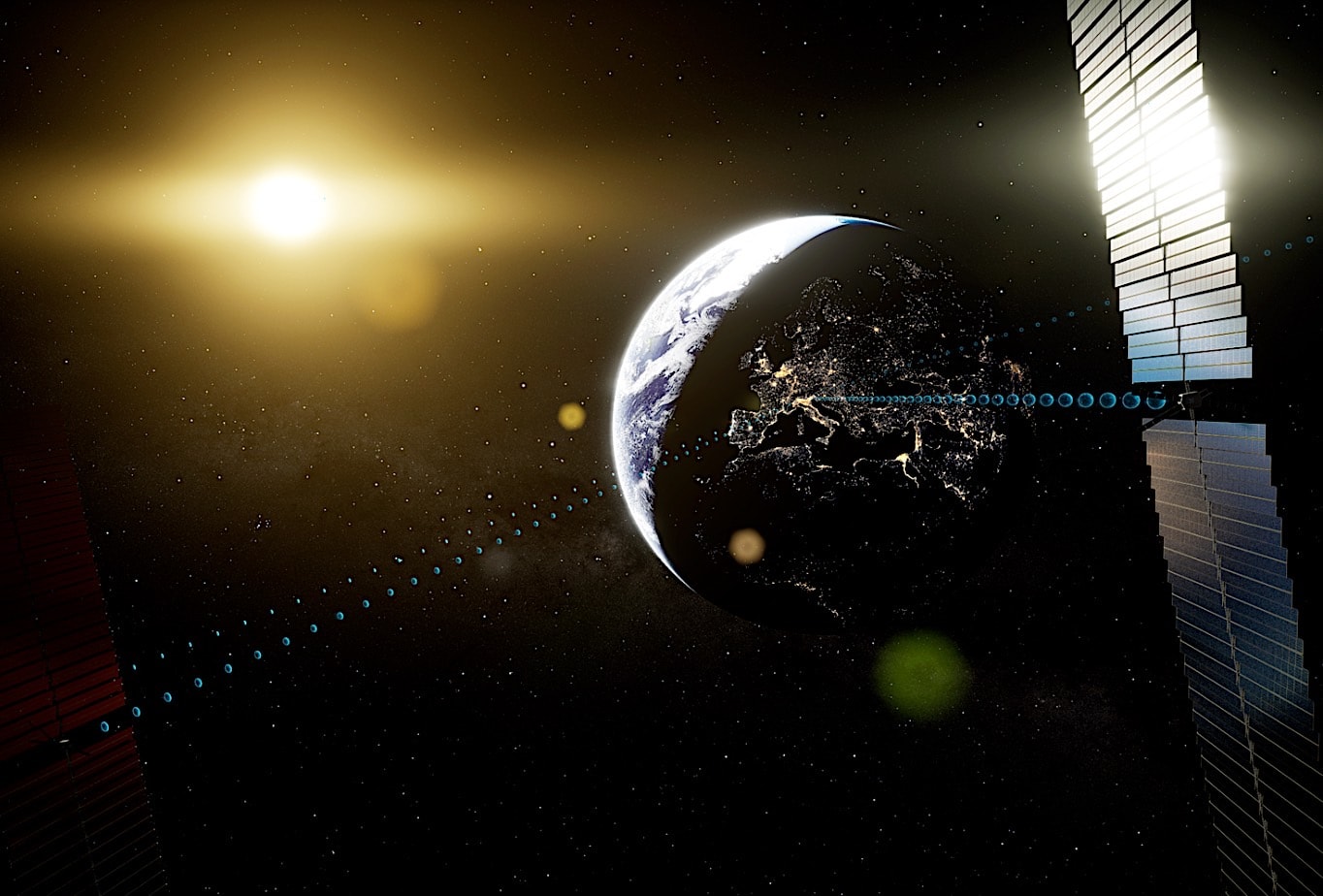In early April, headlines buzzed with news of Space Solar, a British company racing to harness solar power in space and transmit it back to Earth. This breakthrough sparked curiosity, prompting further exploration into the topic, which the European Space Agency (ESA) was quick to satisfy.
As NASA leads humanity’s space endeavors, ESA is not far behind, with ambitious projects like Solaris, centered around Space-Based Solar Power (SBSP). SBSP, an idea conceived by Russian scientist Konstantin Tsiolkovsky in 1923, involves capturing solar energy in space and transmitting it to Earth.
While this concept has been around for nearly a century, practical implementation has remained elusive. Traditional solar panels on Earth, while effective, are limited by atmospheric interference and inefficiencies. Placing solar panels in space could overcome these limitations, offering a more efficient and reliable source of energy.

ESA’s Solaris initiative, launched in 2022, aims to make SBSP a reality. By leveraging existing technology, ESA plans to deploy satellites equipped with photovoltaic cells in geostationary orbit to capture sunlight.
These satellites would then transmit the captured energy to Earth in the form of microwaves, which would be converted into electricity using receiver stations called rectennas. Alternatively, ESA is exploring Tsiolkovsky’s idea of using mirrors to reflect sunlight onto ground-based solar panels.
As ESA promotes the Solaris initiative at the International Conference on Energy from Space, the prospect of SBSP becomes increasingly tantalizing. While practical challenges lie ahead, ESA’s dedication to advancing space-based solar power offers hope for a sustainable energy future.

